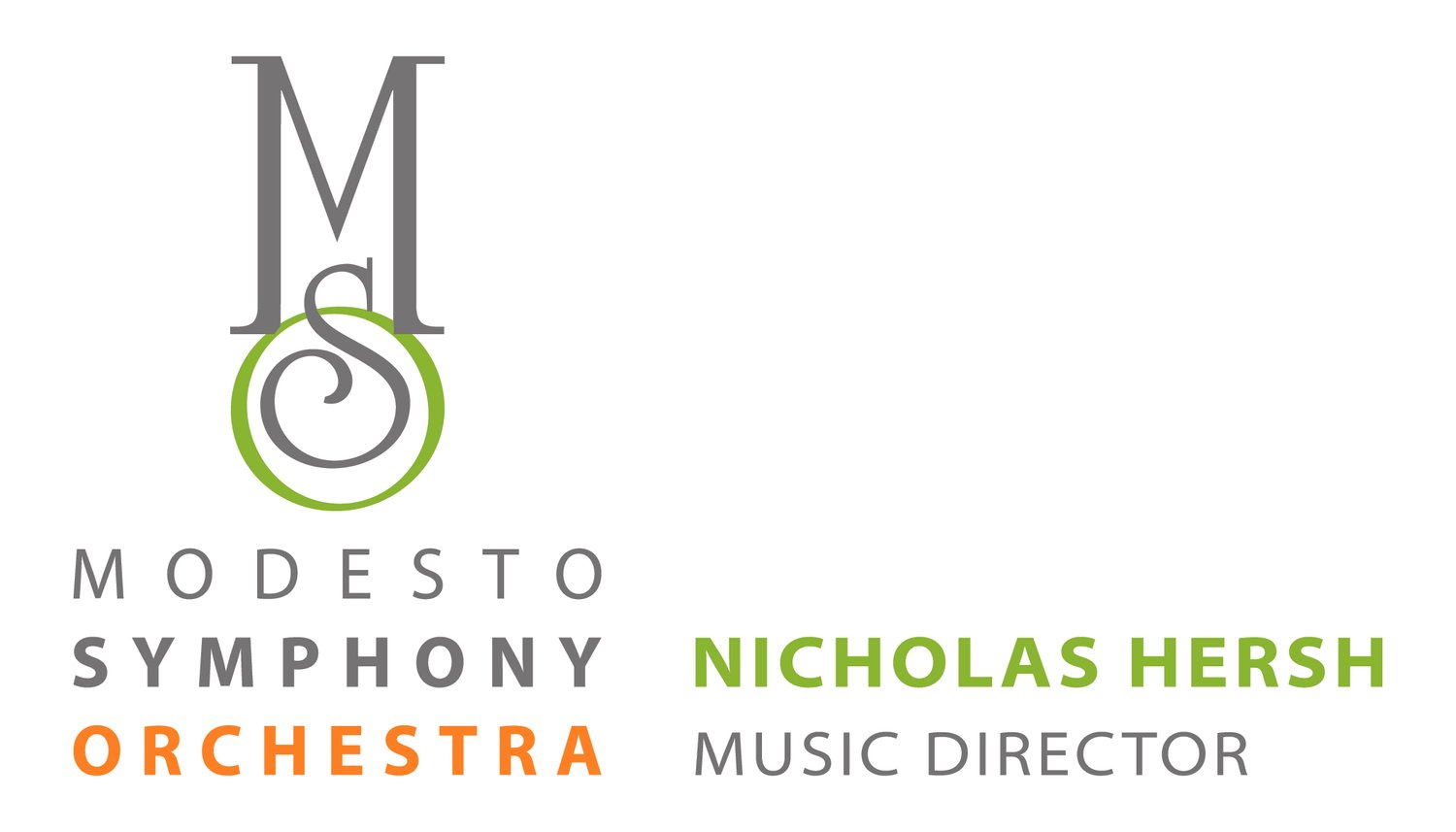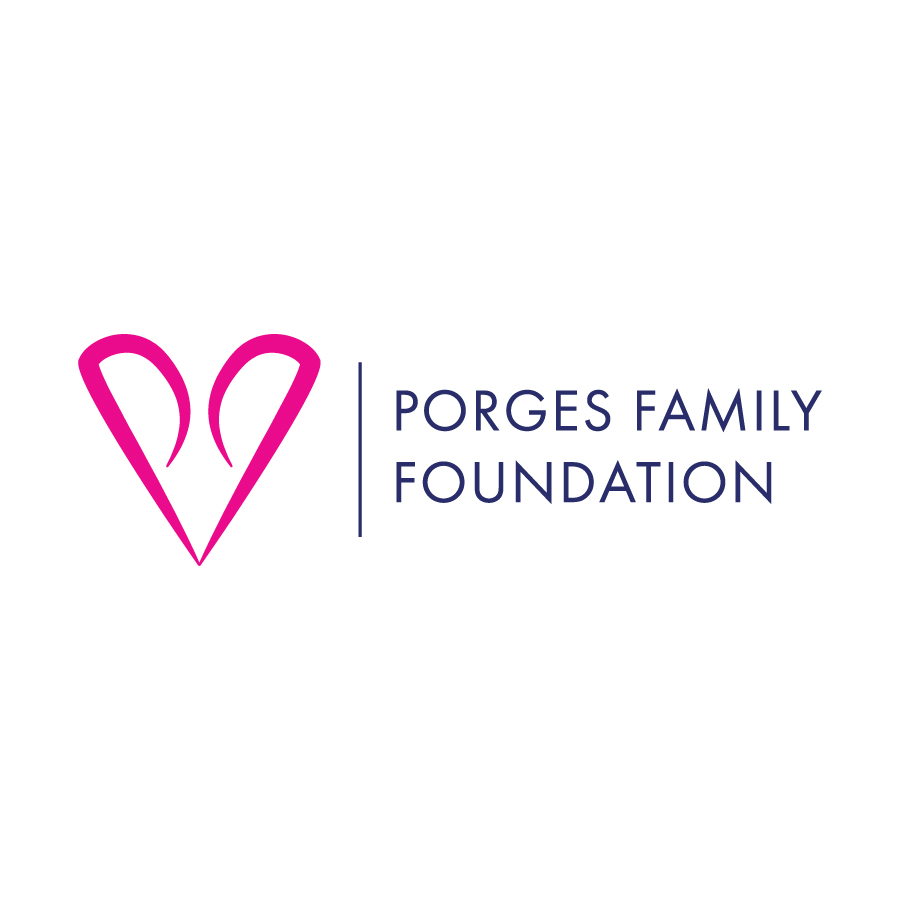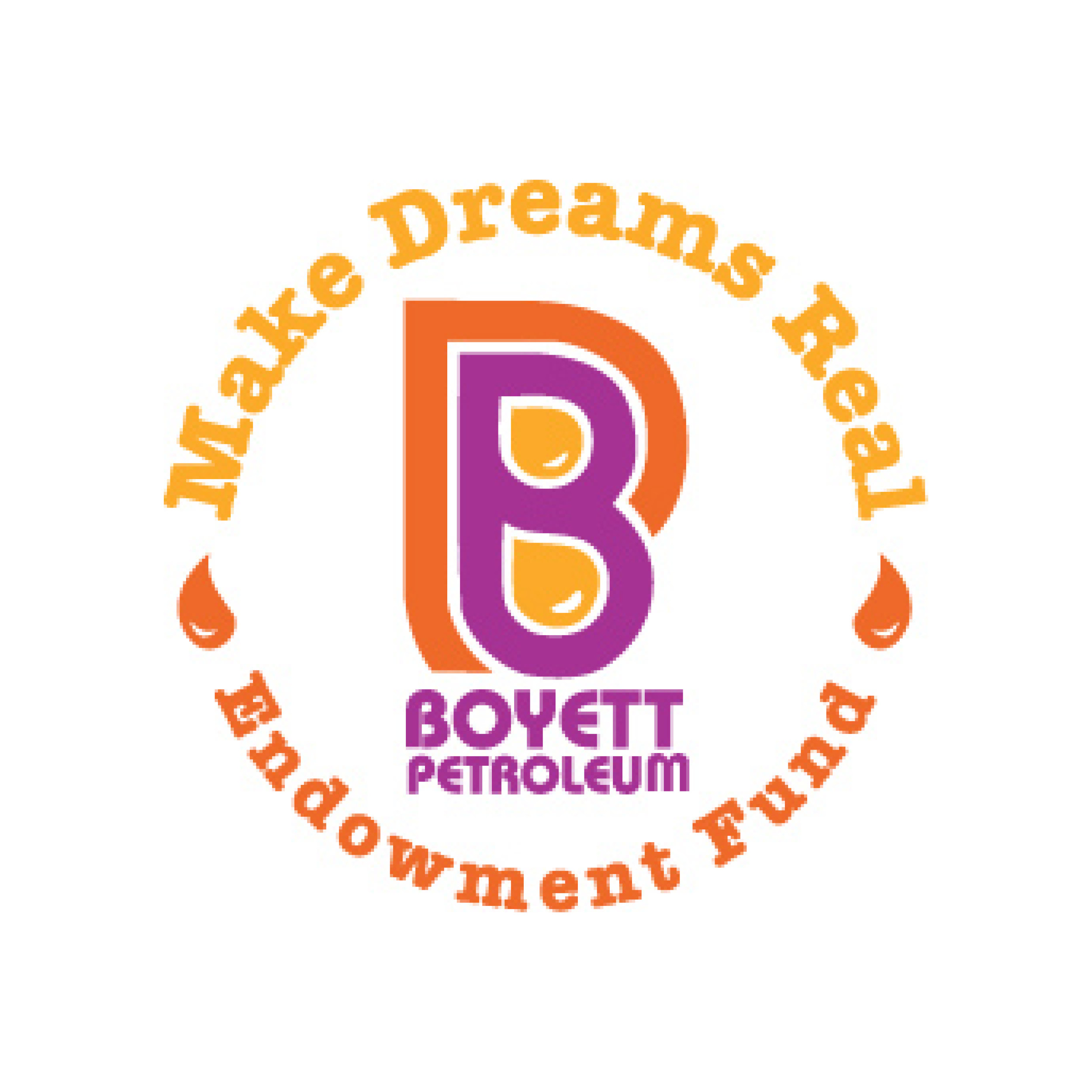DMITrY SHOSTAKOVICH
1906-1975
Festive overture, Op. 96
In late October 1954, Vasily Nebol’sin, one of the conductors of the Bolshoy Theater Orchestra was in a terrible bind: For some reason, he did not have a new composition to open the festivities for the 37th anniversary of the October Revolution. Although at the time Dmitry Shostakovich was somewhat out of favor in doctrinaire Soviet circles, Nebol’sin approached him in desperation.
Shostakovich agreed, and with his customary lightning speed when working on light-hearted material, had the outline of the overture ready within an hour or so. There followed a scene reminiscent of the stories told about Rossini, who never finished a score before the last possible moment: The couriers from the Bolshoy came to the composer’s apartment to retrieve the pages one by one before the ink dried. The dress rehearsal took place two days later.
Sergey Prokofiev
1891-1953
Violin Concerto No. 2 in G minor, Op. 63
Even before the Russian revolution in 1917, Sergey Prokofiev was already known as the enfant terrible of Russian music. He raised plenty of eyebrows in the St. Petersburg conservatory, where the faculty had to acknowledge his talent although they didn’t understand his music. He left his native country in 1918, settling first in the USA and then in Paris.
But homesickness was growing on him: “The air of foreign lands does not inspire me because I am Russian and there is nothing more harmful to me than to live in exile,” he said to a reporter in Paris in 1933. Although his family was still living in France, he was spending more and more time visiting Russia. Aware that he would have to change his compositional style to satisfy Soviet cultural demands, he nevertheless moved back to Moscow permanently in 1936. Perhaps with this homecoming in mind, he moderated some of its wit and archness to become more lyrical. Like his younger colleague Dmitry Shostakovich, he attempted to adapt to Soviet aesthetics. Both composers churned out scores for historical – that is, propagandistic – films. But while the more politically minded Shostakovich earned a living (and preserved his life) through a vast number of hack film scores, Prokofiev – even though producing an occasional potboiler – employed his newly acquired lyrical voice to team up with the legendary film director Sergey Eisenstein and create such classics as Ivan the Terrible and Alexander Nevsky.
The Violin Concerto No. 2 was composed in 1935 for the French violinist Robert Soëtans and was Prokofiev’s last non-Soviet commission. Its lyrical tone clearly demonstrates that the change in his musical language had already taken place, although strategically placed dissonances provide a refreshing counterbalance.
The Concerto opens with a sad melody by the unaccompanied violin, echoed by the orchestra. The second theme, one of Prokofiev’s most melodious, is also introduced by the soloist. This melody recalls some of the music for the ballet Romeo and Juliet, which he was also working on at the time. Although the principal themes are musically conservative, even Romantic, the passages for the soloist’s display of technical virtuosity are more dissonant and modernistic.
The Andante opens with a cantilena on the violin soaring over two clarinets and pizzicato strings. The violin introduces a second more angular melody, also with pizzicato accompaniment, which is related to the first in that it conforms to the same harmonies. For the movement's middle section the tempo picks up with a melody for the clarinet in Prokofiev’s “spikier” – but always tonally grounded – style.
Ever since the dancing quality of the final movement of Beethoven's Violin Concerto, composers have followed suit, and Prokofiev is no exception. The Allegro finale is a classic rondo full of syncopated dance rhythms. There is a continual alternation between staccato and legato playing as well as the technical fireworks expected for a finale. Perhaps the fact that the premiere was to take place in Madrid explains why the opening theme resembles the strumming of a guitar and why the composer included a pair of castanets in every return of the rondo theme, in order to add a touch of Spanish flavor.
Pyotr Ilyich Tchaikovsky
1840-1893
Symphony No. 5 in E minor, Op. 64
Throughout his creative career, Pyotr Ilyich Tchaikovsky’s inspiration went through extreme cycles, tied to his frequent bouts of deep depression and self-doubt. In mid-May 1888 he wrote to his brother Modest that he was convinced that he had written himself out and that he now felt neither the impulse nor the inclination to compose. By the end of the month, however, he set about “...getting a symphony out of my dulled brain, with difficulty.” Inspiration must have started to flow, for by the end of August, the massive Fifth Symphony was finished.
As was the case with most of Tchaikovsky’s compositions, the premiere of the Symphony – in St. Petersburg, with the composer conducting – earned mixed reactions. The audience liked it, critics panned it and fellow-composers were envious. Modest believed that the problem with the critics lay with his brother’s lack of confidence as a conductor. Tchaikovsky himself, however, was never at ease with the Symphony, and wrote to his benefactress, Nadeja von Meck: “Having played my symphony twice in St. Petersburg and once in Prague, I have come to the conclusion that it is a failure. There is something repellent in it, some exaggerated color, some insincerity of construction, which the public instinctively recognizes. It was clear to me that the applause and ovations were not for this but for other works of mine, and that the Symphony itself will never please the public.” For the rest of his life he felt ambivalent about its merits, although after a concert in Germany, where the musicians were enthusiastic, he felt more positive.
The mood of the entire Symphony is set by the introduction, a somber motto in the clarinets that reappears throughout the work and hints at some hidden extra-musical agenda. Perhaps the motto reflects the melancholy and self-doubt Tchaikovsky experienced when he started composing the Symphony; certainly its mood is maintained throughout most of the work, where it casts a pall over whatever it touches. After the Introduction, the first movement continues Andante con anima with a resolute march theme, almost a grim procession through adversity. A second beautifully orchestrated theme reveals how many ways there are to represent a sigh in music. Even the idyllic ambience of the second movement, Andante cantabile, its main theme one of the repertory's great horn solos, followed by a more animated theme for solo oboe, opens with ponderous introductory measures for the double basses and cellos, playing the underlying harmony of the motto. Later, the movement is interrupted by the sudden recurrence of the motto blasted out by a solo trumpet over the threatening rumble of the timpani.
The third movement is a waltz based on a street melody the composer had heard in Florence ten years before. It also has an undertone of sadness, and towards the end the somber motto is again heard, the mood continuing into the Finale.
The last movement presents the motto as the focal point of a final struggle between darkness and light, symbolized by the vacillation between its original E minor and E major. The stately introduction mirrors the opening of the piece, although in an ambiguous mood and mode. With the Allegro, the key returns decidedly to the minor, but the tempo picks up into a spirited Trepak, a Russian folkdance. Finally, following a grand pause, the key switches definitively to E major – with great pomp and fanfare – for a majestic coda based on the motto and a final trumpet blast of a version in E major of the first movement march.
Program notes by:
Joseph & Elizabeth Kahn
Wordpros@mindspring.com
www.wordprosmusic.com
TICKETS
Saturday, FEB. 03, 2018
8:00 PM
Bring a group & SAVE!
Groups of 10+ save 15%! Call Jesica Sanchez at 338-5064 or email her for more details.
















